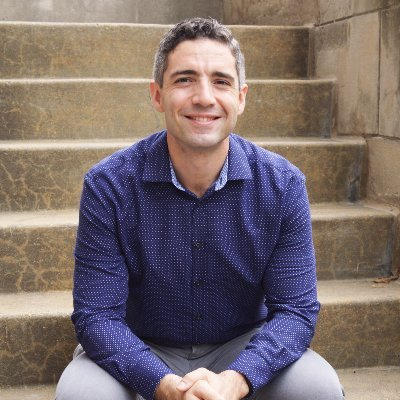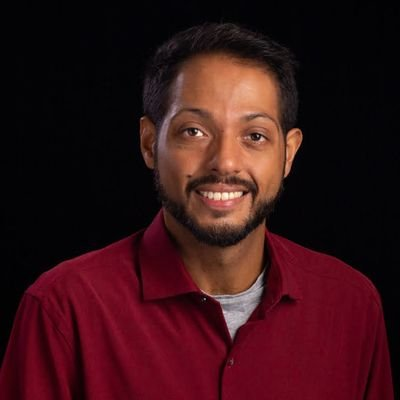Schedule
| Segment | Topic | Times |
|---|---|---|
| 1 | Welcome & Opening Statements | 1:30 pm – 1:45 pm |
| 2 | Introduction to Earth Observation Data | 1:45 pm – 2:30 pm |
| 3 | Hands-On EO Data I/O & Wrangling | 2:30 pm - 3:00 pm |
| - | Coffee Break & Unstructured QA | 3:00 pm -3:30 pm |
| 4 | Common ML Tasks & Foundational Models | 3:30 pm - 4:30 pm |
| 5 | Sustainability & Resilience Applications of EO, AI & CV | 4:30 pm - 4:50 pm |
| 6 | Ending Remarks and Exit Survey | 4:50 pm - 5:00 pm |
Organizers

Orhun Aydin
Orhun Aydin is an assistant professor at the departments of Earth and Atmospheric Sciences and Computer
Science
at Saint Louis University. He leads the AI-CHESS Lab at
Saint Louis University.
His research has a methodological focus on spatially and spatiotemporally explicit formulations of
machine learning tasks applied to earth observation data.
He works on graph-representations of spatial data for supervised, unsupervised and semi-supervised machine
learning approaches. The thematic focus of his work is on computational planning for sustainability under
uncertainty, design of geospatial sensor networks, natural hazard identification from Earth Observations,
and geodesign planning at the food-water-waste-energy nexus.

Philipe Dias
Philipe Dias is a R&D Associate in Computer Vision and Machine Learning with the GeoAI group at the Oak
Ridge
National Laboratory (ORNL). His research interests range from supervised to unsupervised learning for
automated
image analysis. With particular focus on the task of image semantic segmentation and the application of
such
techniques to solve problems of practical relevance, his research topics/interests include image
annotation,
human-in-the-loop interfaces, uncertainty quantification, active learning and semi-supervised learning
techniques.
Prior to joining ORNL, his work has found application in wastewater treatment, agricultural automation,
and healthcare-related scenarios. Currently, his main focus area is the large-scale analysis of remote
sensing
imagery pairing AI models and HPC resources.

Dalton Lunga
Dalton Lunga a senior research scientist in machine learning-driven geospatial image analytics and a
group leader for the geospatial-based artificial intelligence (GeoAI) group at ORNL.
In this role, he leverages high-performance computing, machine learning, and computer vision to create
foundational geospatial analytic methods enabling at-scale data generation that shed light on
pattern-of-life
and aid in crisis management. His efforts to generate accurate population estimates and information about
urban growth and decline, for example, inform disaster response, identify at-risk areas, and address
infrastructure mapping and monitoring. A Purdue University Ph.D. graduate and former employee at the
council for scientific and industrial research in South Africa, Dalton brings backgrounds from academia,
industry, program leadership, and extensive community service to ORNL to help advance geospatial-based
scientific knowledge discovery for societal impact.
Gallery (Upcoming)
Gallery of the CVPR tutorial
Credits: Saint Louis University: Orhun Aydin / Oak Ridge National Laboratory: Philipe Dias, Dalton Lunga